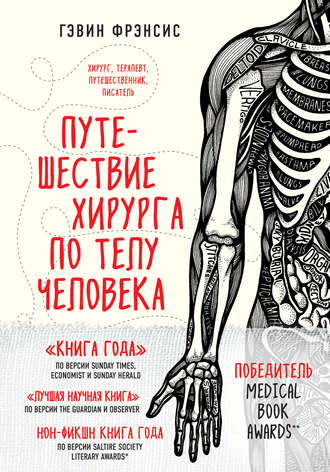Organic Synthesis Using Transition Metals
Roderick Bates
Transition metals open up new opportunities for synthesis, because their means of bonding and their reaction mechanisms differ from those of the elements of the s and p blocks. In the last two decades the subject has mushroomed – established reactions are seeing both technical improvements and increasing numbers of applications, and new reactions are being developed. The practicality of the subject is demonstrated by the large number of publications coming from the process development laboratories of pharmaceutical companies, and its importance is underlined by the fact that three Nobel prizes have been awarded for discoveries in this field in the 21st Century already. Organic Synthesis Using Transition Metals, 2nd Edition considers the ways in which transition metals, as catalysts and reagents, can be used in organic synthesis, both for pharmaceutical compounds and for natural products. It concentrates on the bond-forming reactions that set transition metal chemistry apart from «classical» organic chemistry. Each chapter is extensively referenced and provides a convenient point of entry to the research literature. Topics covered include: introduction to transition metals in organic synthesis coupling reactions C-H activation carbonylative coupling reactions alkene and alkyne insertion reactions electrophilic alkene and alkyne complexes reactions of alkyne complexes carbene complexes h3- or p-allyl -allyl complexes diene, dienyl and arene complexes cycloaddition and cycloisomerisation reactions For this second edition the text has been extensively revised and expanded to reflect the significant improvements and advances in the field since the first edition, as well as the large number of new transition metal-catalysed processes that have come to prominence in the last 10 years – for example the extraordinary progress in coupling reactions using “designer” ligands, catalysis using gold complexes, new opportunities arising from metathesis chemistry, and C-H activation – without neglecting the well established chemistry of metals such as palladium. Organic Synthesis Using Transition Metals, 2nd Edition will find a place on the bookshelves of advanced undergraduates and postgraduates working in organic synthesis, catalysis, medicinal chemistry and drug discovery. It is also useful for practising researchers who want to refresh and enhance their knowledge of the field.
- Категория: зарубежная образовательная литература
- Правообладатель: John Wiley & Sons Limited
- Возрастное ограничение: 0+
- ISBN: 9781119942856
- Легальная стоимость: 16397.66 руб.

![Various. Birds Illustrated by Color Photography [February, 1898]](https://cdn.litres.ru/pub/c/cover_330/25570839.jpg?r=201709291250)



